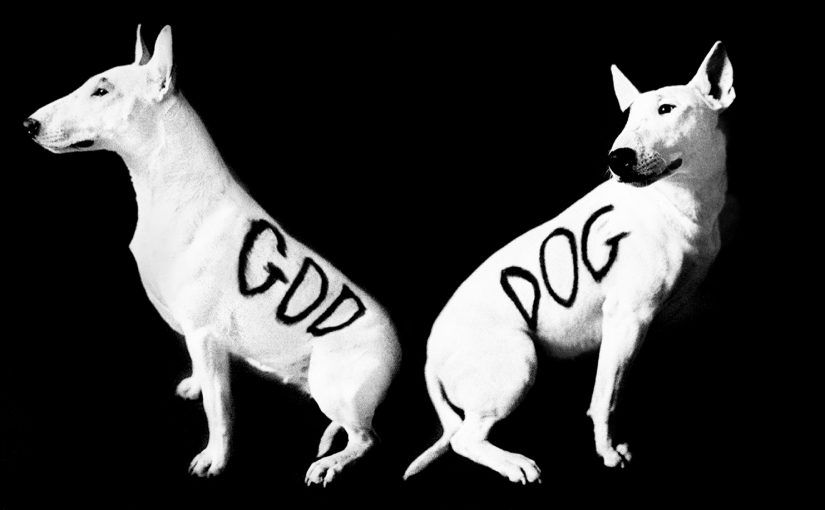Write a blog that hyper-links your research on the characters in GGRW according to the pages assigned to you. Be sure to make use of Jane Flick’s reference guide on you reading list.
The overall plot of Green Grass Running Water by Thomas King focuses on the trend of female power and the sexes ability to create life. Hyperlinking characters on pages 38-42 & 85-91
Coyote
In Flick’s reference guide, “Before humans existed. They had tremendous powers; they created the world as we know it; they instituted human life and culture—but they were also capable of being brave or cowardly, conservative or innovative, wise or stupid” (Bright xi)” (143). The Coyote is the original god of creation in King’s story as he created dog/GOD in a dream it had before the universe began. It would make sense to argue that Coyote is female because its lore aligns with the Christian concept of immaculate conception of another divine being. Further references to book of Genesis coincide with the characters of Virgin Mary (Coyote) and Jesus (dog/God). It’s astonishing to observe the parallels between these Native American myths with Christianity lore. Despite the fact that Coyotes are mostly seen as masculine or representative of masculine energy.
Dog/GOD
Jane Flick contends in her reference guide that “A dog (Canis familiaris) is, of course, a “lesser” form of coyote (Canis latranis)—and a god is a backward kind of dog” (143). dog/God begins as a dream that Coyote had before the birth of the world. The dog/GOD analogy can be alluded to human thinking and Genesis in the Christian Bible. dog/God can be alluded to human thinking because humans tend to worship their analytical ability and intelligence, while often forgetting that nature/life continues without this ability. King might be interpreting the fact that humans are arrogant just like dog/God, but he refuses to realize that nature and life continues without his existence just like human beings.
Furthermore, it would be interesting to think of Coyote as a female because then the origin story would closely mirror that of the Christian narrative of Jesus’ immaculate conception from Virgin Mary. dog/God thinks that it’s extremely intelligent, while the narrator and Coyote think it’s thinking is absurd and backwards. In GGRW, dog/GOD tries to interrupt the First Woman while she tells the story of her version of Genesis on pages 38-41.
Coyote agrees that her dream (Dog) is smart, however Coyote knows that dog is only a carbon copy of herself. Furthermore, Coyote’s dream has everything backwards, which warrants his name as “Dog” and not “God”.
The First Woman
In her reference guide, Jane Flick states that, “The story of First Woman falling from the sky with the subsequent creation of Turtle Island is a common one in Seneca and other tales” (147). Again, The First Woman alludes to Genesis and the Garden of Eden, however we have another female creator (other than Coyote). She is also known as the hero in Western media.
In Killing the Indian Maiden: Images of Native American Women in Film, M. Elise Marubbio states,
“The book reveals a cultural iconography embedded in the American psyche. As such, the Native American woman is a radicalized and sexualized other. A conquerable body, she represents both the seductions and the dangers of the American frontier and the Manifest Destiny of the American nation to master it.”(link)
As Marubbio pointed out, the Native American woman can be shaped into any character and The First Woman embodies these Western characteristics of the Lone Ranger or the Texas Ranger Myth.
In GGRW, The First Woman is alluded to the character of The Lone Ranger (or typical Western hero) and in Flick’s explanation, she addresses the Ranger as a “do-gooder” (141). The myth of the ranger emphasizes the story that the ranger is always sent to the town to clean up the town and rid it of it’s “sin”.
Works Cited
Flick, Jane “Reading Notes for Thomas King’s Green Grass Running Water“. Toronto, Harper Collins, 1994. Web. July 31 2016.
King, Thomas. Green Grass Running Water. Toronto, Harper Collins, 1993. Print.
Santini, Derrick. God Dog. Digital image. Derrick Santini. N.p., 2013. Web. 17 Nov. 2016.

Hi Chloe!
Thanks for your insightful post. I particularly liked your section on First Woman. I found the myth of the ranger an interesting idea, especially in the context of First Woman and the other Indians’ role in GGRW. By changing the plot of the Western, they are in a way working to rid the story of “sin.” It’s interesting to think that First Woman could embody the characteristics of a “typical Western hero”, yet simultaneously be attempting to change the plot of a typical Western. Why do you think King names these native characters after figures from the Western tradition?